With reasonable use, the battery practically does not create problems throughout the entire service life. Another thing is if the battery operates in extreme modes, the most critical of which is recharging. About what a battery recharge is and how to prevent it will be discussed in this article.
Content
What is battery recharge?
In fact, this is a charge above the norm, and in order to understand the topic in more detail, you must first understand what the norm is. The nominal voltage at the terminals of a fully charged battery is on average 12.7V. When starting the engine, this indicator drops, since a significant amount of electricity is given out.
After the start, the machine’s boron network is powered by a generator, providing a voltage of about 14.5V. The current flows to the plates of the battery electrode, starting the recovery processes in the electrolyte - in this way the battery is charged.
If this process occurs at high voltage (more than 20V) for a long time, the lattices of the electrodes of the battery begin to heat up, and the water in the banks evaporates and boils, which creates boiling. The concentration of sulfuric acid in the electrolyte increases, that is, its density increases.
During boiling, the water decomposes into oxygen and hydrogen, the resulting excess gas does not have time to be discharged. At this stage, recharging is especially dangerous - destruction of the battery case and even explosion is possible.
Which cars are affected
Naturally, the probability of the battery getting excess charge on new foreign cars is significantly lower than on products with a solid mileage from the domestic auto industry. Nevertheless, there are a number of models on which recharging is considered a common problem.
We are talking about classic VAZ cars. Among the "classics", this malfunction is most often found on the "six" (VAZ 2106).
Trucks and some UAZ models are equipped with on-board voltage sensors and sometimes, these sensors begin to signal an increase in the charging current between the generator and the battery (18V or more). This is not normal and can lead to an early recharge. However, often the problem is with the sensors themselves, which show incorrect information.
How to detect overcharge
You can accurately determine that there is a recharge with a multimeter. For this:
- Set the multimeter to DC mode at about 20V;
- We connect the contacts to the battery terminals (black wire to minus, red to plus);
- On an idle engine, a fully charged battery produces a voltage of 12.7V;
- We start the engine;
- If the generator is working, the snout is working and there are no problems in the on-board network, the multimeter should show 14.5V (+ - 0.5V).
Overcharging the battery is detected by external signs (terminal oxidation, electrolyte smudges on the case) or according to the on-board computer. If the car does not have a built-in BC, you can purchase an external one.
Pay attention to the interior lighting and the dashboard light. One of the first signs of overcharging is the excessive brightness of the onboard equipment lamps.
What can a constant recharge lead to?
- During recharging, the electrolyte boils, while it partially flows out through the gas vents and plugs of the cans. If the process continues long enough, the leaked sulfuric acid solution will be on the radiator, wires, cooling hoses and body. The acid concentration is not high, but over time it will corrode part of the above.
- With a slight recharge, the electrolyte drops on the battery case in the form of condensate on the terminals, from which they are oxidized and become covered with green coating.
- The evaporation of the electrolyte leads to a decrease in its level in banks, part of the electrodes is exposed, the plates overheat and the active mass is showered from them. This threatens to short-circuit the cans and the final failure of the battery.
- The recharging at the final stage is accompanied by significant overheating, during which the electrolyte water decomposes into oxygen and hydrogen. The resulting mixture of gases can explode, and the acid will be on the nodes of the engine compartment.
- Fuses, bulbs on the dashboard and in the passenger compartment burn out, other on-board electronics stop working (the voltage limit they withstand does not exceed 17V). In some cases, it is possible to melt and ignite the wires on-board network.
AGM batteries especially sensitive to overcharge. The electrodes of such batteries are separated by frosted glass separators. When heated, the electrolyte quickly evaporates from the porous fiberglass, leaving the plates dry. As a result, the active mixture crumbles, and the battery becomes unusable.
Suffer no less gel batteries. With constant recharging, the gel can settle on them, exposing the upper part of the plates, which immediately close. After that, the battery will immediately become unusable.
Causes and solutions
Excessive battery charge occurs for the following reasons:
- Faulty generator snout. This is a situation where the regulator is working, but it does not perform its functions correctly. The snout of the generator does not allow the on-board voltage to exceed 14.5V. A defective or faulty device gives somewhat large currents to the car network, which leads to a stable, but not critical overcharge, since the voltage, as a rule, is slightly higher than the nominal one.
- Broken snout generator. In such cases, electricity is supplied to the battery directly from the generator without any restrictions, while the voltage can exceed 24V, which as a result causes a significant recharge of the battery.
- Faulty generator. In case of damage to the diode bridge, breakdown of the winding or armature on the body, part of the current will flow past the snout, leading to overcharging.
- Bad contact in the circuit. A healthy relay perceives the resistance created by a bad contact as an increased load on the vehicle’s network. Trying to compensate for it, the regulator passes more voltage into the network, as a result, the battery is recharged.
- Incorrect charger. Some old-style chargers are manually configured. Incorrectly selected mode leads to overcharge.
Important! Do not ignore the partial failure of the snout of the generator, because a defective part may sooner or later be completely inoperative.
The battery is sometimes intentionally subjected to overcharging, trying to restore performance. Do this to increase the density of the electrolyte. Under high voltage, the temperature rises, boiling begins, the water evaporates and the concentration of sulfuric acid increases.
How to protect the battery from overcharging
To charge the battery outside the car, you should use modern memory with automatic voltage regulation. The functionality of budget devices is modest enough, but it is enough to charge the battery without any negative consequences.
The most simple and effective protection of a car battery from overcharging by a generator is the use of an on-board computer. In some cars, the BK is installed from the factory, if there is no built-in, you can always purchase an external one. In addition to the battery status, the on-board computer displays a ton of other useful information.
Naturally, no equipment will save the battery from the negligence of its owner.The car needs attention, this is especially true for domestic models with mileage. When the first signs of overcharging appear (increased brightness of the light, oxidation of the terminals, readings of the battery), immediate measures should be taken, otherwise serious repairs will not be avoided later.

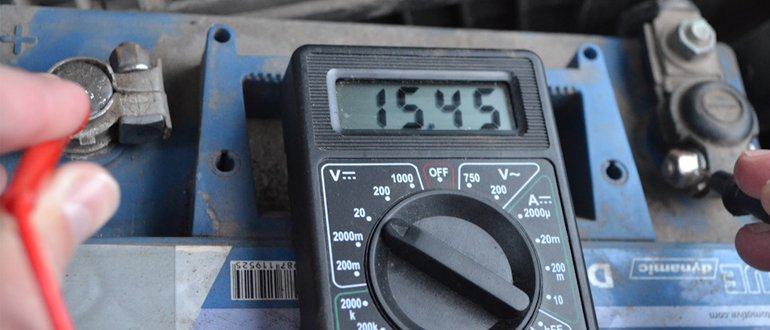

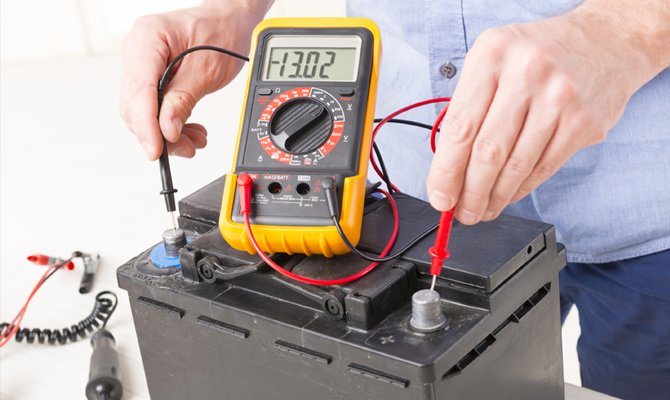



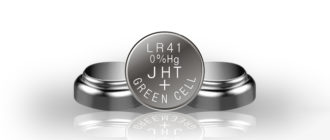
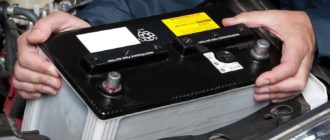
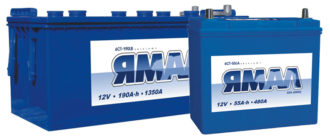
everything from the author is folding ... only the acid in his battery is SULFUR!)))